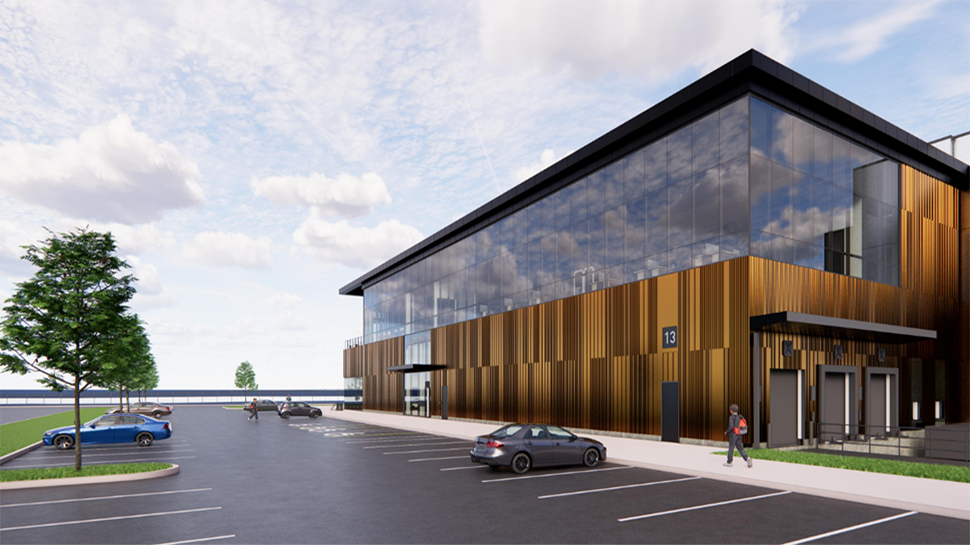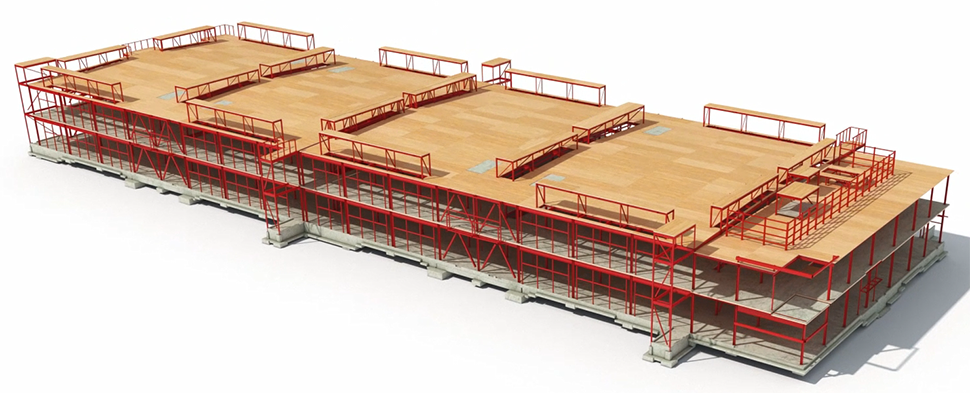Microsoft is building wooden data centers in its latest push to cut emissions - could this be the future of AI power?
New fire-resistant material will reduce steel and concrete use

Steel and concrete, the traditional materials used in data center construction, are major carbon emittersm but in a move toward sustainability, Microsoft is testing fire-resistant cross-laminated timber (CLT) in its first wood-based data centers near a northern Virginia suburb.
The company says this project is part of an “all-hands-on-deck task” to meet the company’s ambitious climate targets: becoming carbon negative by 2030 and offsetting all emissions since its founding by 2050.
Although Microsoft has made progress towards this goal, data centers’ indirect emissions - stemming from materials extraction, manufacturing, and transport - rose by 30.9% over three years.
A market mover
Using CLT, alongside concrete and steel, in the hybrid design is projected to reduce embodied carbon emissions by 35% compared to traditional steel construction and 65% compared to standard concrete.
Microsoft’s decarbonization efforts extend beyond this project, supported by its $1 billion Climate Innovation Fund, which has so far invested $761 million in scalable environmental projects.
Microsoft is collaborating with green building material companies, including Sweden’s Stegra, which is developing a hydrogen-based steel process that emits water vapor instead of carbon, cutting emissions by up to 95%. Microsoft has also partnered with Boston Metal, which uses renewable electricity to produce steel while generating oxygen instead of carbon dioxide.
To lessen reliance on traditional cement, Microsoft has teamed up with companies like CarbonCure, which injects CO₂ into concrete, and Prometheus Materials, which creates zero-carbon cement using microalgae. Microsoft plans to pilot Prometheus’s cement in its Virginia data centers to test its durability.
Are you a pro? Subscribe to our newsletter
Sign up to the TechRadar Pro newsletter to get all the top news, opinion, features and guidance your business needs to succeed!
“Microsoft is in a unique position just because they’re so large,” says Thomas Hooker of Thornton Tomasetti, a structural engineering firm working with Microsoft. “They can almost be like a market mover and to some extent actually push some of these technologies to more widespread use just because it’s a high priority for Microsoft.”

More from TechRadar Pro

Wayne Williams is a freelancer writing news for TechRadar Pro. He has been writing about computers, technology, and the web for 30 years. In that time he wrote for most of the UK’s PC magazines, and launched, edited and published a number of them too.